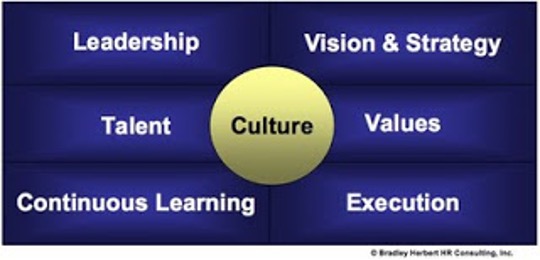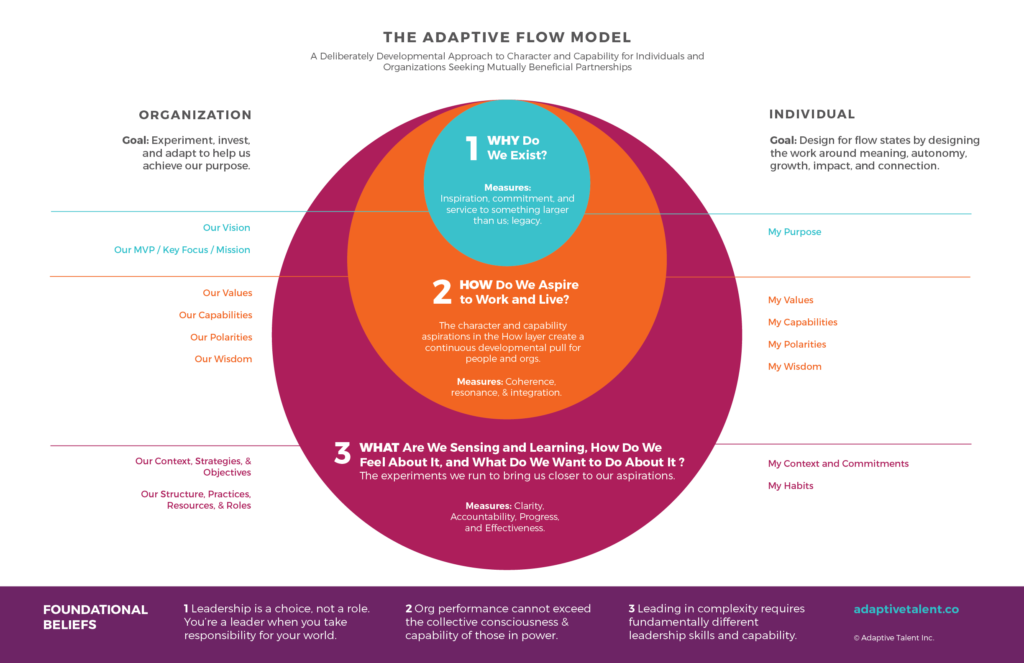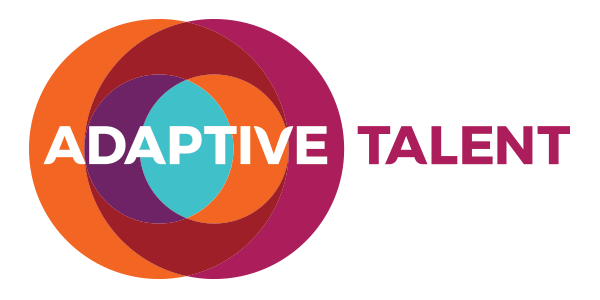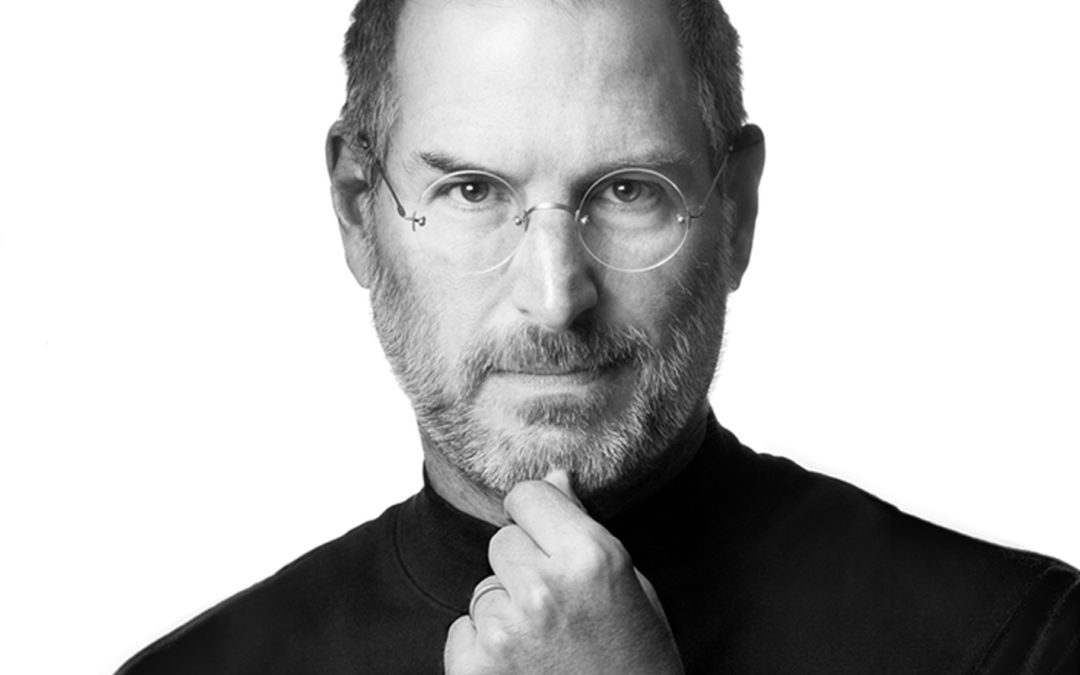Here’s a very interesting, provocative article from the Harvard Business Review on innate skills related to creativity and how those skills get expressed (or don’t) by people as they age and the implications for organizations navigating a world of accelerating change.
Here’s an extract describing their primary findings: “The first skill is what we call “associating.” It’s a cognitive skill that allows creative people to make connections across seemingly unrelated questions, problems, or ideas. The second skill is questioning — an ability to ask “what if”, “why”, and “why not” questions that challenge the status quo and open up the bigger picture. The third is the ability to closely observe details, particularly the details of people’s behaviour. Another skill is the ability to experiment — the people we studied are always trying on new experiences and exploring new worlds. And finally, they are really good at networking with smart people who have little in common with them, but from whom they can learn.”
Expressions of creativity are contextual to and limited and/or amplified by an organization’s culture and organizational health. I’ve been experimenting with a new model of organizational health (please let me know what you think) and thought it might be interesting to see how creativity would be impacted by each of the factors.
 Vision & Strategy: Focuses the organization on a core purpose, clarifies the target customer and their needs, and proposes a set of activities that hopefully will provide something to that customer more satisfying than anything else out there. The associating skill is hugely important to entrepreneurs as they see the opportunity, work with pilot customers to refine the offering, and then experiment to get it broadly accepted. It’s essential that people involved operate from the same set of facts, assumptions, market knowledge, customer insights, priorities, clarity on strategies, etc. Without this shared understanding it becomes very difficult to quickly innovate and respond because people’s efforts and priorities won’t necessarily be aligned.
Vision & Strategy: Focuses the organization on a core purpose, clarifies the target customer and their needs, and proposes a set of activities that hopefully will provide something to that customer more satisfying than anything else out there. The associating skill is hugely important to entrepreneurs as they see the opportunity, work with pilot customers to refine the offering, and then experiment to get it broadly accepted. It’s essential that people involved operate from the same set of facts, assumptions, market knowledge, customer insights, priorities, clarity on strategies, etc. Without this shared understanding it becomes very difficult to quickly innovate and respond because people’s efforts and priorities won’t necessarily be aligned.
Values: The most valued and non-negotiable behaviours of an organization as modelled by the leaders and influencers in an organization (regardless of what is stated in the actual values document). The key is that they must be authentic, actionable, and represent the values that people use in their personal lives because those are what people truly pay attention to and use in moments of ambiguity and stress (when clear values are the most helpful). If innovation is a stated value leaders need to be comfortable with mistakes (patterns of mistakes are a different story) and they need to give people explicit permission, tools, and time to experiment with breakthroughs, insights, and constant process innovations.
Execution: How the vision and strategies are turned into results. This covers processes, role clarity, objective setting and cascading, milestone reviews, constant problem solving and teamwork, and accountability. Innovation in a culture of high execution is actually easier because innovation without keeping your eye on the main business and key deliverables is worthless. You do want people to be curious and adventurous in service of your customers so long as everyone is clear when something is a “standard” process versus a sanctioned experiment.
Continuous Learning: Everyone needs to be scanning inside and outside of the organization to grow capabilities and deepen understanding at the individual, team, and organizational level. The trick is that this needs to be an expectation of participating in the organization and top leaders need to model the right behaviours. How well do you know your customers? How often are you in their world, hearing their frustrations or understanding their perceptions of how they approach work, their personal lives, etc? What are your competitors doing (direct and potentials) and how might your current, secondary, and potential customers respond to that innovation? How are you helping to refine your role to maximize the amount of time dedicated to value creating activities (customer insights, product quality, innovations and breakthroughs, etc)?
Talent: Skills, attributes, values, experiences, and prior organizational lineage are critical inputs to any team. Spend the time clarifying what you need, build relationships with potential candidates far before you need to hire someone, and then only hire people you think will truly be additive to your organization. Sadly this kind of proactive work is not done enough in organizations and as a result people simply settle for people who arrive via the recruiting process. Creative people are especially sensitive to the skills and quality of their peers so if your stated goal is to foster innovation you simply cannot settle for weak talent.
Leadership: Culture, more than anything else, is impacted by leadership and what they encourage, celebrate, emphasize, and measure. If leaders want a culture of creativity and continuous learning then they need to help the entire team discover how the culture currently encourages and discourages innovation and then work to tune accordingly. Leaders are ideally creative themselves and push the power of ongoing process improvements to the people themselves. Leaders at their best are catalysts for people achieving more together than could be accomplished on their own so this is both a skill as well as an attitude that is then reflected in others’ behaviours and attitudes.
Culture: The glue that ties all these factors together, the unspoken but very clear approaches to behaviour inside an organization. Includes the “values, assumptions, expectations, collective memories, and definitions present in an organization. It represents “how things are around here”. It reflects the prevailing ideology that people carry inside their heads. It conveys a sense of identity to employees, provides unwritten and often unspoken guidelines for how to get along in the organization, and it enhances the stability of the social system that they experience. ” (Diagnosing and Changing Organizational Culture, Camerson & Quinn). When leaders and employees want to change the culture the first step is to understand how things presently work and then emphasize the things that spur innovation as well as remove or limit the factors that inhibit it. Both have to happen if any chance of change will happen, and people need to be very patient for these changes to start taking off and to properly use measures (do not try to quantify something that is inherently not quantifiable).
Author’s 2021 update: This post made me smile as I remembered my earlier attempts to put something into a framework. This turned into the Adaptive Flow Organizational Framework (below) which is still evolving but obviously the absolute criticality of individual and organizational adaptability has never been as needed as during the pandemic. While you can measure efficiency and observe stability, resiliency and adaptability are harder to assess until it’s too late. So it’s essential that execution and adaptability are considered two sides of the same coin both optimizing AND evolving/developing what an organization offers/makes through its people via a deliberately developmental approach to individuals, teams/functions, and the organization. Unlike a machine, this is a more systems-based, organic approach to evolution but done in a way that still recognizes that people need structure and clarity if they are to work well together (and that can be top-down all the way to self-directed).

—
Adaptive Talent is a talent consultancy designed to help organizations achieve amazing results and ongoing adaptability. Founded in 2008 and based in Vancouver, Canada we offer retained search, assessments, total rewards consulting, training, leadership coaching and development programs, and culture & organizational development consulting.

